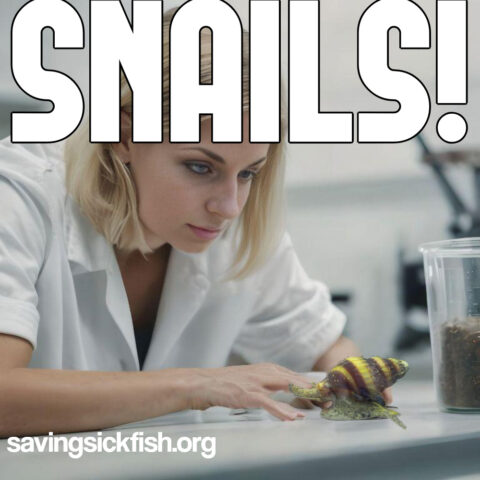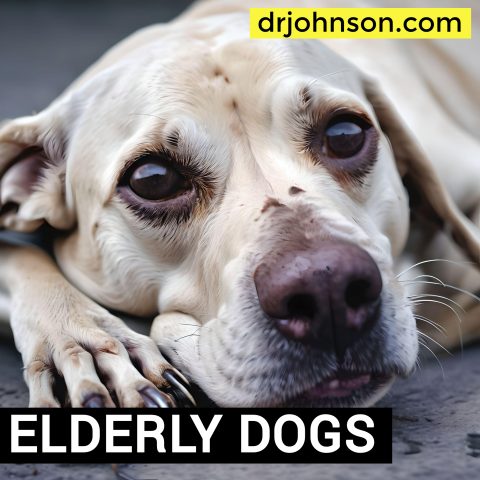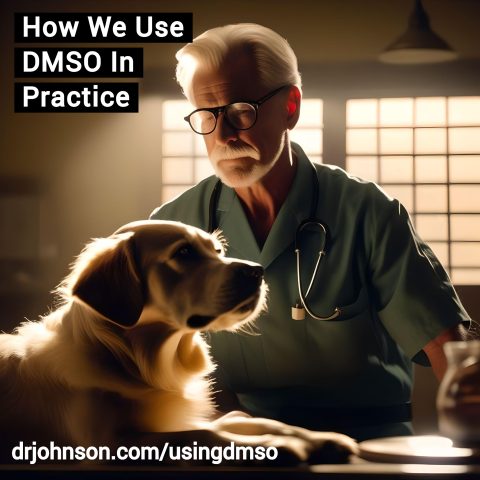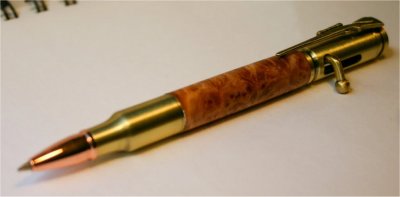Category: Treatments
Treatments used, recommended, or described as part of Veterinary care
The Recipe? The Shopping List for the 2024 Anti-Cancer Protocol Flintstones Complete Once a day every day….
Let’s dose this out for a dog that weighs about 66 pounds. Flintstones Complete – Give one…
NAC Canine n-Acetyl-Cysteine NAC For Dogs. I’ve had questions about NAC. And there’s a LOT of hype…
Pond Snail Cure: The playing field in the battle against invasive small pond snails changed dramatically…
Closed Ear Infections in Canine Patients – Dog Has “Ears Scarred Shut” I had a case in…
Always learning, there’s more to know about Vitamin C in canine patients. But here are the first…
You may have been given this article because your dog is having “trouble with the hind legs”…
“The New Respiratory Disease” in Dogs. ”Resistant Respiratory” ”New Killer Respiratory Flu” in Dogs While it’s been…
Hibiclens Antiseptic Skin Cleanser is Good for Chronic Skin Infections, Allergies Hibiclens may be the best anti-microbial…
DMSO Dimethyl Sulfoxide Uses in Canine Feline Veterinary Patients DMSO has strong antioxidant capabilities. DMSO finds certain…















